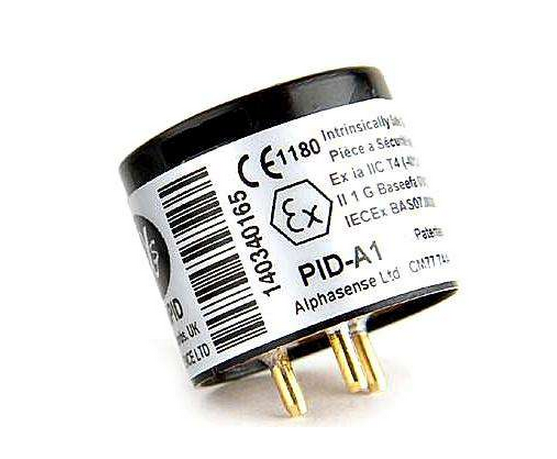Volatile Organic Compounds (VOC) are abundant in industrial production fields such as petroleum, petrochemical, chemical, and pharmaceutical industries. According to the definition of the U.S. Environmental Protection Agency (EPA): all compounds with carbon are called organic compounds, while volatile organic compounds refer to volatile compounds with a boiling point of 50 to 260°C and a saturated vapor pressure of more than 133.32 Pa at room temperature. The main components are hydrocarbons, oxygen hydrocarbons, halogenated hydrocarbons, nitrogen hydrocarbons and sulfur hydrocarbons.
In the industrial field, the source of many hidden dangers is hazardous substances exceeding the standard, and most of these hazardous substances are VOCs. In the production and transportation management of flammable and explosive materials, the leakage of chemical materials, heat exchange fluids, industrial hygiene, indoor air quality, Environmental protection, confined space entry, and emergency accident detection play a very important role in the detection of VOC.
The composition of VOC components is very complicated. In industrial sites, various gases are often mixed. It cannot be detected for each volatile organic gas like a conventional electrochemical sensor. Therefore, it is necessary to accurately determine the total amount of volatile organic compounds. instrument.
Photo IonizaTIon Detector (PID) is a highly sensitive and versatile detector that can detect volatile organic compounds (VOCs) ranging from a very low concentration of 10ppb to a high concentration of 10000ppm (1%). VolaTIle Organic Compounds (VOC for short) and other toxic gases. Compared with traditional detection methods, it has important advantages such as portability, small size, high accuracy (ppm level), high resolution, fast response, continuous testing, real-time, high safety, etc., and can provide real-time information feedback to the staff. This kind of feedback enables inspectors to confirm that they are in a safe state where they are not exposed to hazardous chemicals, to ensure the safety of workers, to automatically monitor and alarm for potential leakage accident prevention, and to confirm the accident area also has broad application prospects.
Photoionization technology uses photoionization detectors to ionize and detect specific volatile organic compounds. The photoionization detector can detect those gases whose ionization potential is below the energy level of the ultraviolet light source. Its high-energy ultraviolet radiation can ionize most organic and part inorganic substances in the air, but still maintain the basic components in the air such as N2, O2 , CO2, H20 are not ionized (the ionization potential of these substances is greater than 11eV).

Advantages of PID sensors
High precision
The high-precision photoionization sensor can detect ppb level (parts per billion) of organic gas, and the general photoionization gas sensor can detect the ppm level (parts per million) of organic gas, which is more accurate than infrared sensors. Etc. most commonly used sensors;
Non-destructive to the detection gas
The photoion sensor ionizes the gas after inhaling it, and the ions formed by the gas molecules form the original gas molecules after the discharge, which is non-destructive to the original gas molecules.
Fast response and long life
Except for a period of warm-up after the gas detection system is turned on, under normal working conditions, the photoionization gas sensor can respond almost in real time and can be tested continuously. When detecting dangerous gases here, it is of great significance to protect the health of the inspectors.
Generally, the life of an ultraviolet lamp is thousands of hours, and the photoion sensor can work normally during this period and has a long service life.
Wide range of applications
The photoion sensor can detect most organic and some inorganic gases, and can be widely used in chemical, transportation, military, aerospace and other fields. Since the photoionized gas sensor is particularly sensitive to changes in the concentration of the detected object, it plays an important role in initial personal protection confirmation, leakage area confirmation, and pollution removal.
One of the most significant features of photoionization is that after the gas is detected, the ions recombine into the original gas and vapor, which means that it is a non-destructive detector. In layman's terms, PID is a portable chromatograph without a chromatographic column. Because it can detect very low concentrations of volatile organic compounds and other toxic gases. Therefore, PID with extremely high sensitivity to VOC detection has incomparable superiority in all kinds of emergency accident handling. With the development of science and technology, it has become a powerful tool for environmental protection and real-time pollution detection.
Dongguan SOLEPIN Electronics Co., Ltd , https://www.wentae.com
